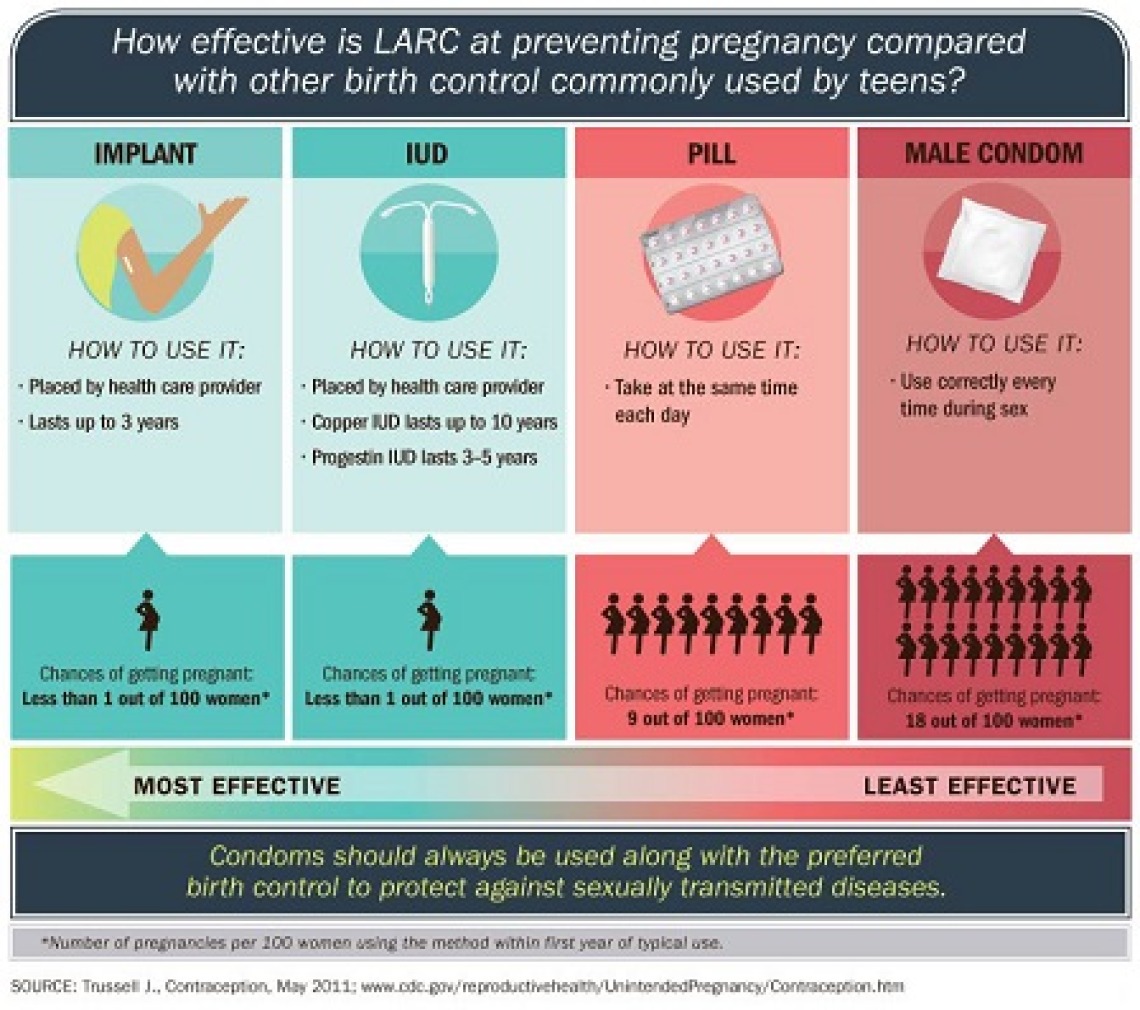Let’s Get Ahead of the Family Planning Curve in Arizona
Unintended pregnancies, especially teen pregnancy and its social consequences, are a significant cause of inter-generational poverty and poor health outcomes.

Unintended pregnancies, especially teen pregnancy and its social consequences, are a significant cause of inter-generational poverty and poor health outcomes. Teen mothers are less likely to finish high school or college, meaning they’re less likely to find well-paying jobs. Unintended pregnancies also can result in depression, diabetes and obesity in the mother and affect the physical and mental health of the child.
The bottom line is that the physical, social and economic consequences of unintended teen pregnancies can perpetuate across generations. The Arizona teen pregnancy rate is almost 50 percent higher than the national value and the need to lower the unintended pregnancy rate is compelling. The question is, what can we do about it?
Increasing access to Long Acting Reversible Contraceptives (LARCs) is increasingly recognized as a key tool to reducing unintended teen pregnancies. LARC includes birth control methods like intrauterine devices and implants that last three to 10 years and don’t require user effort daily, weekly or monthly. In fact, LARC is nine times more effective at preventing unintended pregnancies compared to the pill and 18 times more effective than male condoms.

Despite the effectiveness, LARC utilization remains low in the United States (about 11 percent) compared with the pill (25 percent). Some states, however, have made great strides toward increasing use of this more effective family planning tool.
Colorado was one of the early adopters of LARC, which were provided at no cost to the low-income population through the state’s Title X-funded family planning clinics. The Initiative was tremendously successful, resulting in lower-than-expected fertility rates, lower abortion rates, reduced unintended teen pregnancies and decreased high-risk births. The state’s Medicaid program has avoided $79 million in birth-related costs between 2010 and 2012 due to reduced fertility rates, resulting in a return on investment of $5.85 per dollar spent.

While Arizona currently provides coverage for LARC as part of the state’s Medicaid program AHCCCS, utilization continues to remain low. The state is reviewing reimbursement strategies for immediate postpartum insertion of LARCs by unbundling payment for LARC from other labor and delivery services – one of the successful strategies adopted by other states.
There are other tools Arizona could use to replicate the successes seen in Colorado, including the Medicaid Family Planning Waiver and the Centers for Disease Control and Prevention’s 6|18 Initiative: Accelerating Evidence into Action.
Real-world evidence-based stories like Colorado provide a template for strategies that could be used in Arizona. Decreasing teen pregnancy rates will have a significant impact on reducing inter-generational poverty. It’s time for us to work together to overcome the barriers to LARC usage in Arizona. Visit the Center for Population Science and Discovery’s Long Acting Reversible Contraceptives (LARCs): Efficacy & Cost Effectiveness issue brief for all the details!
About the Author
Will Humble, MPH, is an effective public health leader with over 28 years progressively responsible experience successfully leading public health programs. He has a collaborative management style that focuses on establishing and maintaining effective working relationships with staff and stakeholders. He’s a believer in leading and managing with emotional intelligence.
He served as the division director for health policy and evaluation at the Center for Population Science & Discovery at the University of Arizona’s Health Sciences Center where he provided leadership in the development, management and evaluation of health and public policy advocacy and initiatives. He previously served for 6 years as the director of the Arizona Department of Health Services, which provides a wide array of health related services including Arizona’s behavioral and public health systems, the Arizona State Hospital, medical and child care licensure and certification services, and the Arizona Public Health Laboratory.

